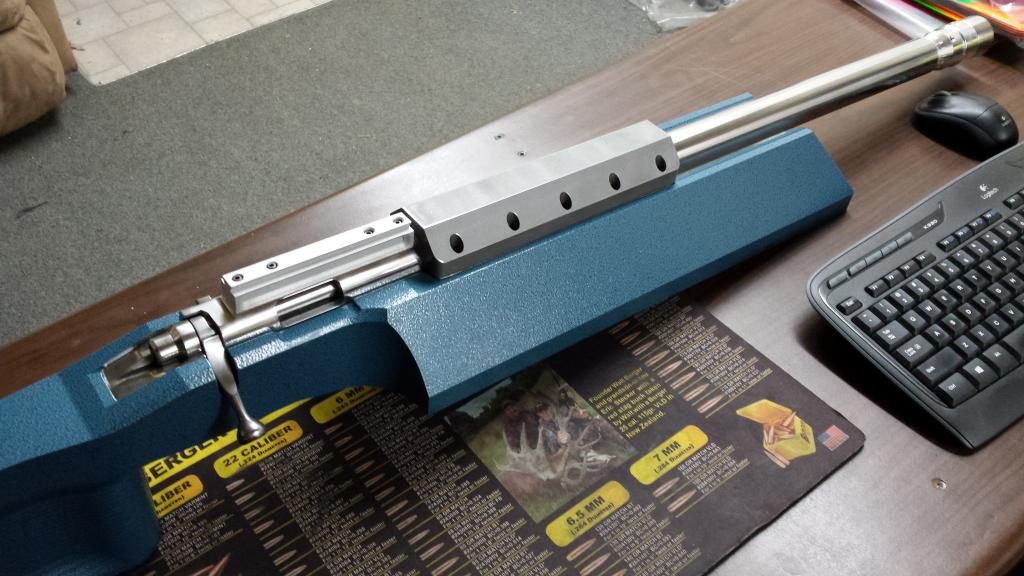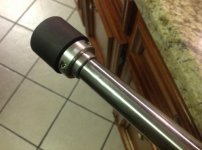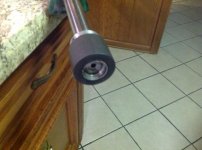Scott, in a nutshell, weight at the muzzle changes both the frequency and amplitude of vibration, vs. no weight(tuner). Moving that weight makes changing the frequency possible. The weight creates more amplitude, effectively slowing the muzzle and making it's movement more vertically biased. The benefits here are longer and more pronounced dwell times at optimal bullet exit points, in turn, yielding a wider tune window. Some use a tuner for this benefit alone, but still tune with powder charge/seating depth..etc.
Moving the tuner OTOH, is essentially doing the same thing as tuning with traditional methods. That being, timing bullet exit with the muzzle being at a node, producing optimum tune or accuracy for a given setup. A huge benefit here is the ability to tune at the bench rather than changing loads.
I go to matches pre-loaded and only adjust the tuner, if/when needed, to maintain tune..the same way as if I were changing loads to keep the gun/ammo in tune. I've been doing it this way since I first started using tuners several years ago, now.
Tuners are much, much easier to use than to understand. They take very little movement to maintain tune. The most common misconception people make with tuners is assuming that they need big adjustments. If that were true, they would likely over complicate matters. In fact, that's far from the case, though. They are extremely easy to use..IMO, much, much easier than learning to tune by traditional methods. Different tuner styles and variables such as barrel contour play a role in this, but typically, movement as little as a single mark on the tuner is enough to maintain tune throughout the day, and often, due to the wider tune window that the mass at the end of the barrel gives...no adjustments are needed at all. My tuners have 32 hash marks and are threaded .900x32tpi, so, we're literally talking about being able to see on target, .001" of tuner travel. It's very typical to go from completely in tune, to completely out of tune in about .004", or 4 marks with my tuner. I'll include a link to my tuner page. There's some good reading there should you wish to view it.
Here's the link. The pics are old. The cf tuner(top) is designed to be threaded onto the barrel. The bottom pic is a rf tuner, made to be clamped on.
http://www.ezellcustomrifles.com/home-3/pdt-tuners/
As for rubber washers etc., I can only say that while some have claimed good results, I have not done enough testing to be conclusive. I have wrapped a barrel with .080" thick heat shrink tubing...It didn't work for me.




